|

Achieving more with IBD
Physical activity
Top
tips
-
Being physically active has positive psychological and physical
benefits
-
Pick the right activity for you
-
Exercise helps build bone strength and prevent osteoporosis (brittle
bones)
-
Even simple exercises done at home can be beneficial
Most
people with IBD can enjoy a wide range of physical activities. Such
activity can be adapted to the level and intensity of your condition or
situation. If you are able to exercise there is no risk of ‘over-doing
it’ with IBD.
Maintaining physical activity has psychological and physical benefits –
some of the common psychological benefits gained through exercise are
listed below.
-
Improved mood
-
Reduced anxiety
-
Improved ability to cope with stress
-
Improved self-esteem
-
Improved body image
-
Pride in physical accomplishments and confidence in your physical
abilities
-
Increased satisfaction with oneself
-
Increased feelings of energy
-
Decreased symptoms associated with depression
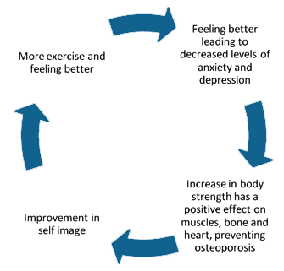 Exercise
can trigger a cycle of improvement in health: exercise leads to a
feeling of well-being, thereby decreasing levels of anxiety and
depression. The resulting increase in body strength has a positive
effect on muscles, bones and the heart which helps to prevent
osteoporosis; this leads to an improvement in self-image and ultimately
to feeling better and the ability to do more exercise (see Figure on
right). Exercise
can trigger a cycle of improvement in health: exercise leads to a
feeling of well-being, thereby decreasing levels of anxiety and
depression. The resulting increase in body strength has a positive
effect on muscles, bones and the heart which helps to prevent
osteoporosis; this leads to an improvement in self-image and ultimately
to feeling better and the ability to do more exercise (see Figure on
right).
You
will have a good idea of the activities that you can and can’t do.
Activities need not be intense to provide a benefit, especially if you
have bone or joint problems, for example:
Stretch and tone exercises:
10–15 minutes of simple stretching and toning exercises daily at home
can be enough to work all of your muscle groups. Some simple exercises
are shown below, at the end of this page. The websites indicated below
may also be of interest:
nihseniorhealth.gov/exercise/stretchingexercises/01.html
seniorliving.about.com/od/basicexerciseseries/ss/stretchexercise.htm
Walking: as this is the simplest and easiest form of exercise it is
the best starting point for everyone. As it is low impact, it means that
people with joint problems can benefit, and it is extremely convenient.
Start slowly, then gradually build up to walking for longer distances,
and at a faster rate. Walking to an appointment, or walking for even
part of the journey, can be beneficial and easily integrated into daily
routine.
Swimming:
swimming involves all the major muscles of the body. The advantage of
swimming is that muscles and bones are supported by the water.
Cycling:
this is a simple and effective form of exercise for all ages. Like
walking, cycling to school or work can be part of the daily schedule,
although it may not be so easy for the elderly, or those with joint
problems and arthritic pain.
Golf:
golf is a low impact sport which allows whole-body exercise and is
usually played near a club house where there are facilities at hand.
Osteoporosis is a condition which may be a complication of IBD. In
osteoporosis bones become weak, thin and brittle. There is evidence to
show that exercise builds up bone and is good for the prevention of
osteoporosis.
Stretching Diagrams
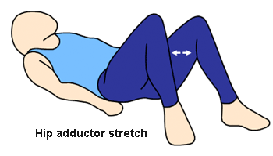
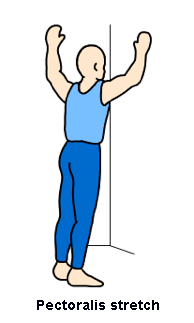
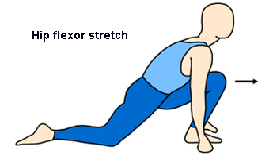
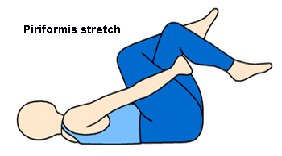
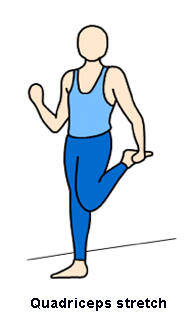
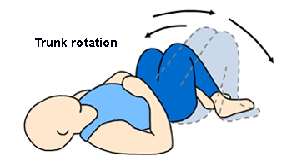
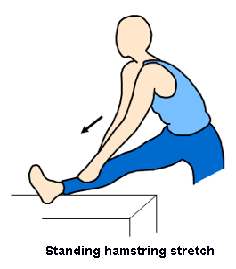
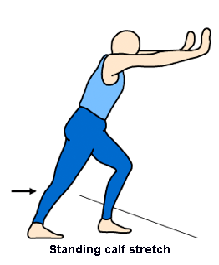

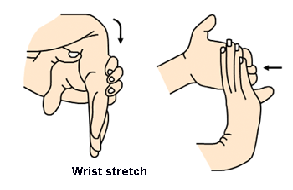
|



